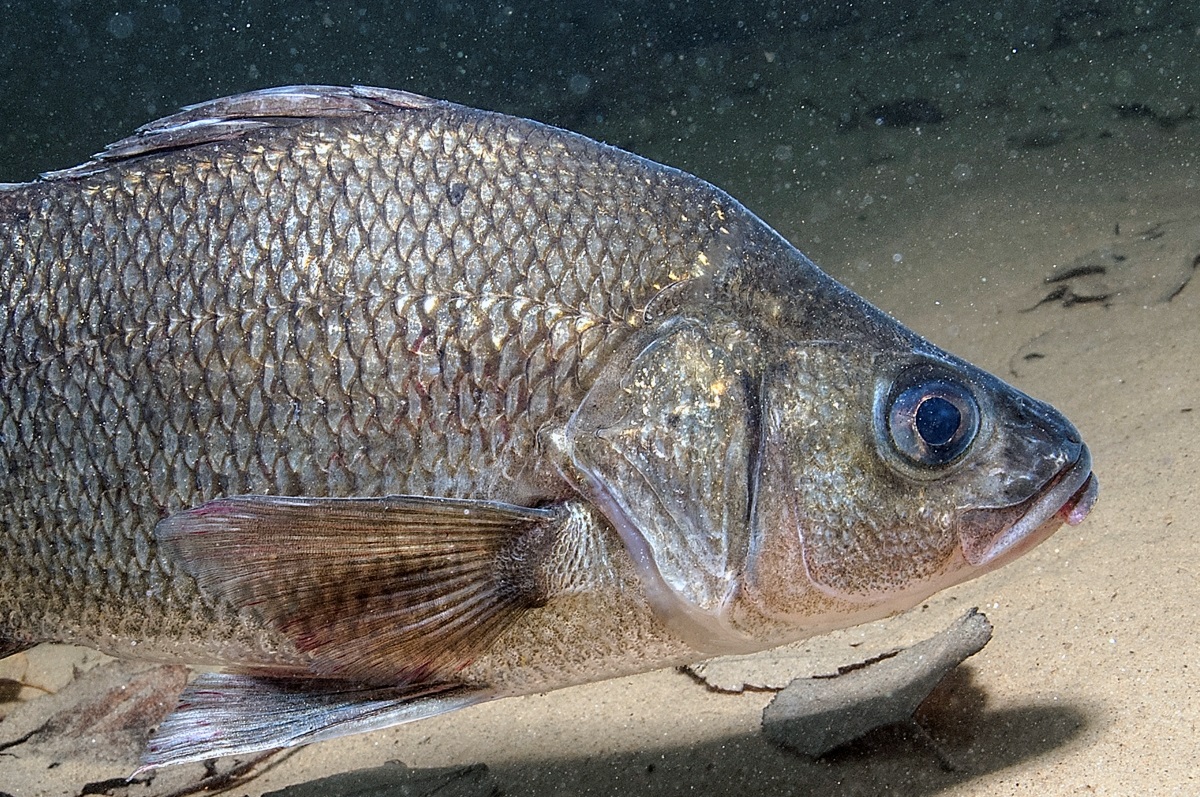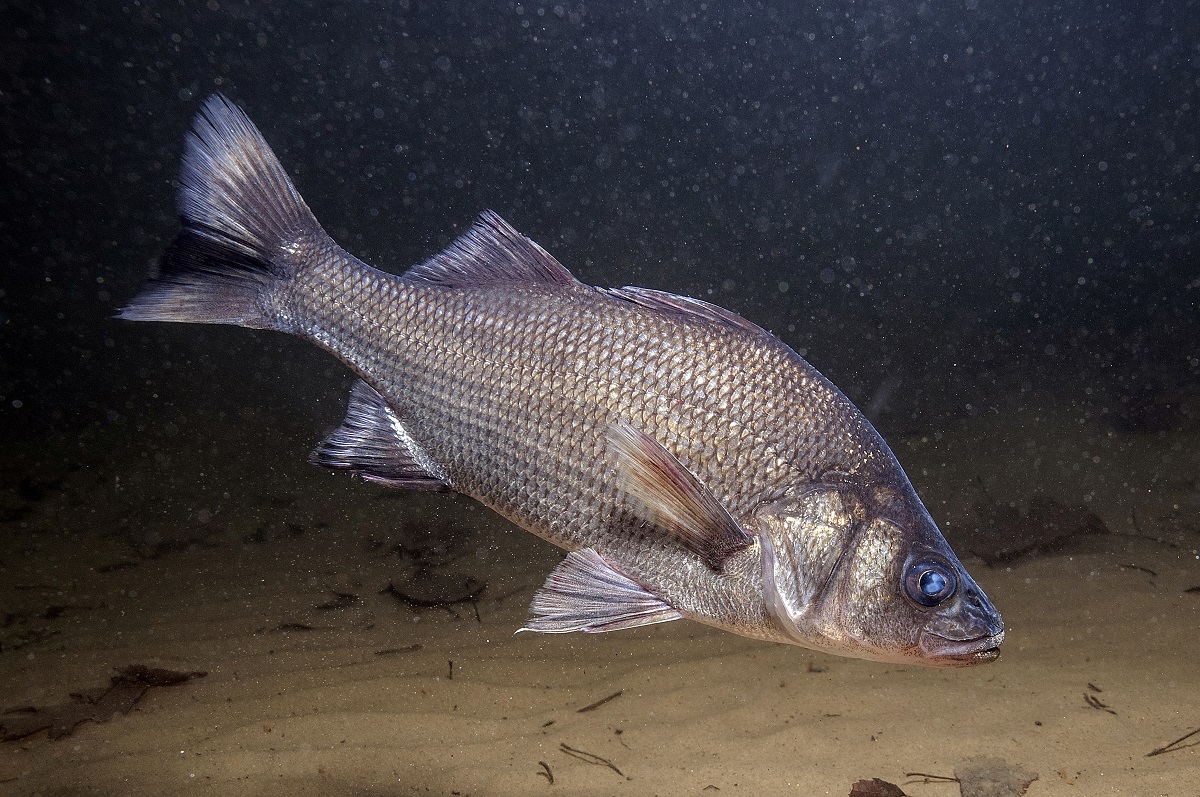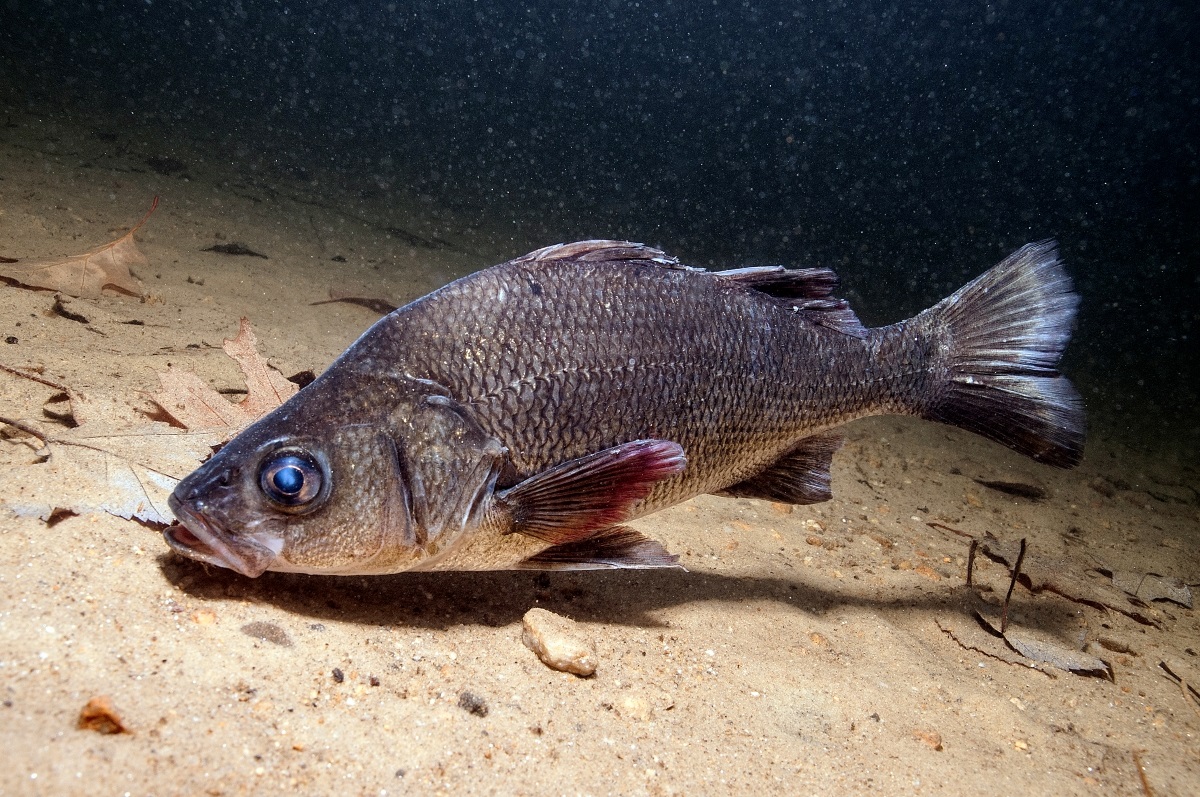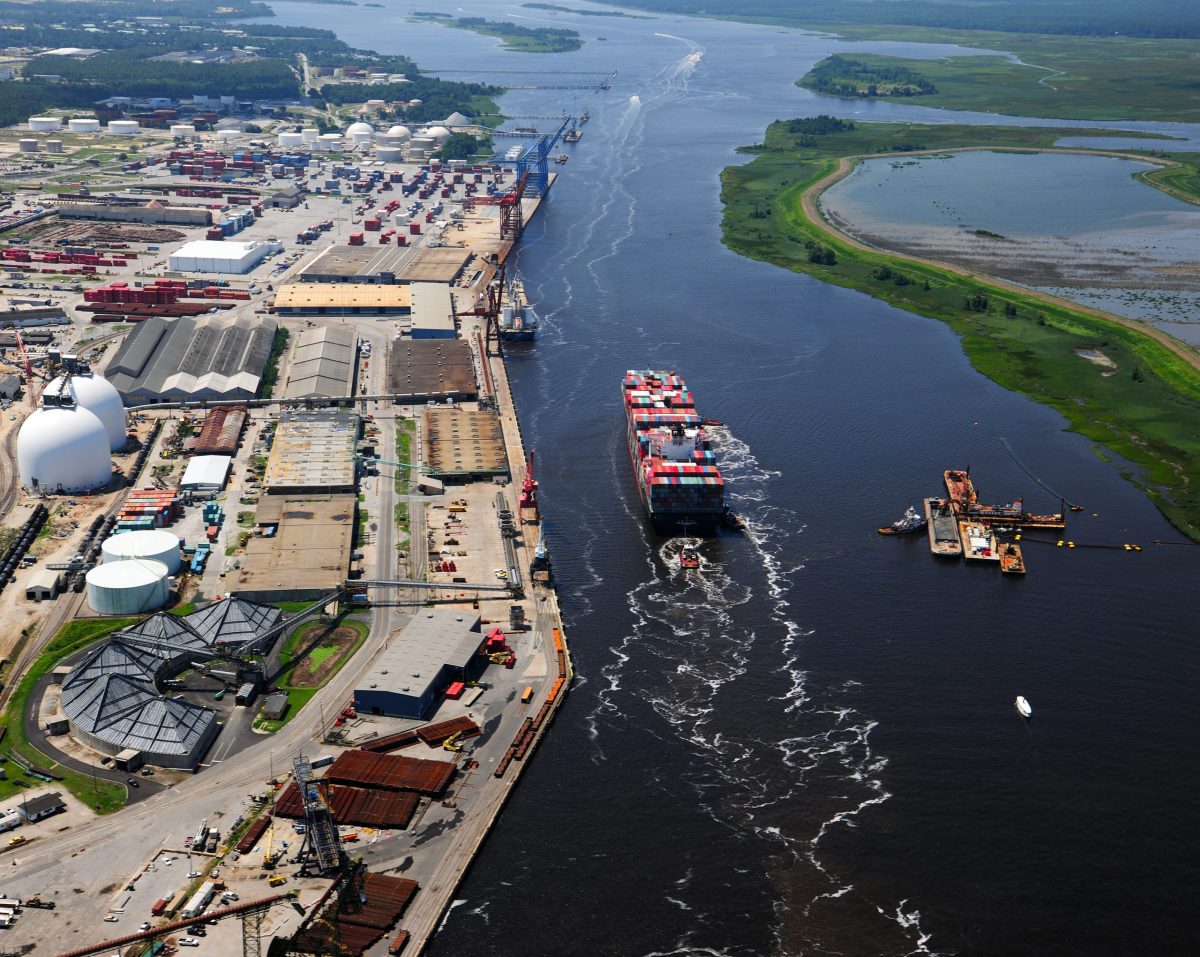
The name white perch makes you think this is strictly a freshwater fish, but in reality, this species is a semi-anadromous fish, nonscientifically more closely related to striped bass.
A semi-anadromous fish is one that spends an equal amount of time in the ocean, and the freshwater river, stream, lake or pond of its birth to reproduce. Keeping this in mind, the white perch has a unique life history compared to other freshwater perch cousins.
Supporter Spotlight
White perch were originally found on the Atlantic coast of North America from the Gulf of Saint Lawrence and Nova Scotia, Canada, south to the Pee Dee River in South Carolina. They are a native species to this large geographical range. Over the past half century or so, this species also has been introduced to landlocked states across the country as an additional good tasting fish to catch, while other native species were in sharp decline and unavailable for local fishers.
In North Carolina they are also known as gray perch, blue-nosed perch, silver perch and sea perch. In local waters, white perch can grow to 19 inches in length, although the average catch size range is from 8 to 10 inches and weigh less than a pound. In North Carolina, no award citations are given for this species.
“The white perch is a comparatively small, silvery fish with a dark, hump-looking back,” said Nathaniel Hancock, white perch biologist with North Carolina Division of Marine Fisheries. White perch typically grow to between 7 to 12 inches in length, depending on where the species is on the coast.
“White perch are a silvery, chunky-shaped fish, about three times as long as they are deep, not counting the tail. The back is olive-brown to blackish green in coloration fading to a paler silvery green on the sides and silver-white on the bottom, Hancock said. “The fins have a dusky coloration. A tiny notch separates their two dorsal fins. Young fish, with dark lateral stripes, may resemble striped bass. The stripes on an adult white perch are very faded and for all intents and purposes are nonexistent.”

This fish looks very much like the white bass. There are several subtle ways to tell the two apart. First, the tongue of the white perch has no teeth, while the white bass has visible teeth. The white perch has two dorsal, or top, fins connected by a thin skin-like membrane, while the white bass has no membrane between the two fins. White perch do not have horizontal stripes running the length of its body, while the white bass have broken stripes visible especially on the bottom half of the fish. Finally, white perch have eight or nine rays on the anal fin of the fish, while white bass have 12.
Supporter Spotlight
“White perch are social animals, and are found in schools. They are rarely observed as solitary animals,” Hancock explained.
White perch are typically found in relatively shallow water, usually not much deeper than 6 to 12 feet, but may also be found as deep as 60 to 360 feet in the Chesapeake Bay.
“During winter months they hang out in the deeper portions of local bays and creeks, where they turn more lethargic. White perch will eat small fish fry of all species, crabs, shrimp, juvenile squid, and many other invertebrates, as well as on the offspring of other fish. They will strike at pretty much any bait, whether they be natural, or man-made,” Hancock said.
This species lives in estuaries and in coastal waters throughout their range. They can also be found on mud flats in coastal tidal rivers, and in channels in shallow, fresh and brackish waters. Because of this ability to live in both freshwater and saltwater environments, this species is semi-anadromous.
White perch can also migrate upstream to quiet, freshwater streams if not blocked by man-made, or natural barriers. During winter months they seek out deeper channels of water. Landlocked populations seek similar habitat within each watershed in which they are found.

“The white perch is closely related to striped bass, and both share fin structures that are pretty close to one another, with the main exception that white perch do not have the horizontal stripes always clearly evident on a striped bass, and are somewhat less streamlined as compared to its larger cousin. The white perch is generally silver in color, with large scales, a dark lateral line, and two large spiny dorsal fins. I have also observed this species in an almost light bronze coloration,” Hancock said.
White perch will spawn in fresh or brackish water tidal rivers, in lakes and ponds, in shallow water along the shoreline or in the larger tributaries of the water body. Spawning takes place over a two-week period in May or June, when water temperatures reach about 60 degrees. Fish ready to spawn will gather in large groups, releasing eggs and sperm over a variety of bottom habitats.
“White perch are prolific spawners and can become very abundant in larger water bodies. A female is capable of releasing between 20,000 and 300,000 eggs in the spring spawning season, depending upon the size and age of the fish,” Hancock said.
In southern New England, white perch usually spawn in April, May and June. Scientists think that the season starts a few weeks later in the colder Gulf of Maine waters than the warmer North Carolina waters.
Fish that live in salt water will move into fresh or slightly brackish water to spawn. The eggs will sink and stick together in large groups. They may also settle onto solid habitat such as rocks, or ledge. The eggs will hatch in about six days if water temperature is approximately 52 degrees. Newly hatched larvae measure about 2.3 millimeters in length.
White perch may live to up to 17 years, according to the Chesapeake Bay Program website.

In North Carolina, white perch up to about age 13 can be found, Hancock said. Fish eggs will make up most of their diet when they are available, but white perch will also eat zooplankton, fish larvae and small minnows, again depending upon the available of those food choices. The perch will forage in shallow water at night, then move to deeper water during the day. White perch are found in large numbers once water temperatures exceed 75 degrees, Hancock added.
In North Carolina there are no specific conservation or management objectives for white perch. Division of Marine Fisheries Fisheries Management Chief Steve Poland explained that the species is not managed by the South Atlantic Fishery Management Council or Atlantic States Marine Fisheries Commission, unlike many of the gamefish in North Carolina waters.
Anglers catch white perch by drift fishing with live minnows and casting or trolling small artificial baits, such as jigs and spoons, in the vicinity of surface-feeding schools.
Most white perch fishing occurs in the Albemarle and Pamlico sounds and their tributaries in North Carolina. This species may also be caught in Lake Mattamuskeet and Lake Waccamaw. In the Piedmont, lakes Tillery and Norman, along with Badin Lake, are great places to try and catch this good eating and fighting fish area.
White perch is a popular and excellent tasting gamefish. There is a minimum weight requirement of 1 pound, or 12 inches in overall length. The state record is 2 pounds, 15 ounces, taken from the Falls of the Neuse Reservoir Dec. 16, 2001, by Bob G. Williams.
“There are no size, or daily catch limits of white perch in North Carolina inland waters,” Poland said.







